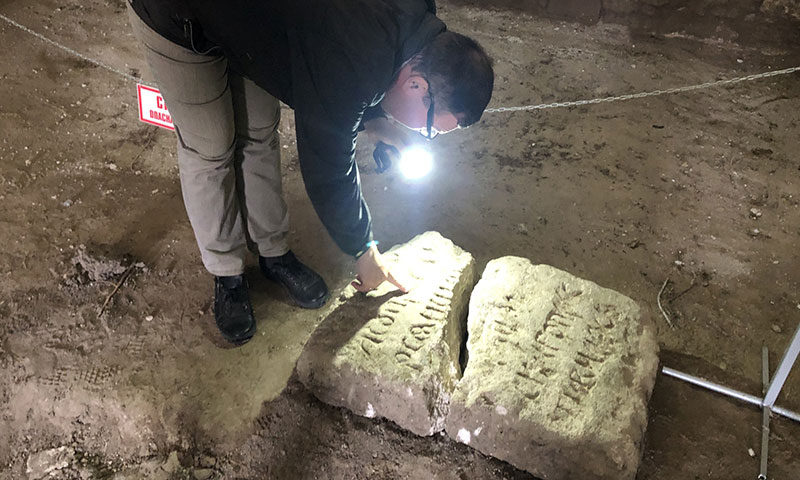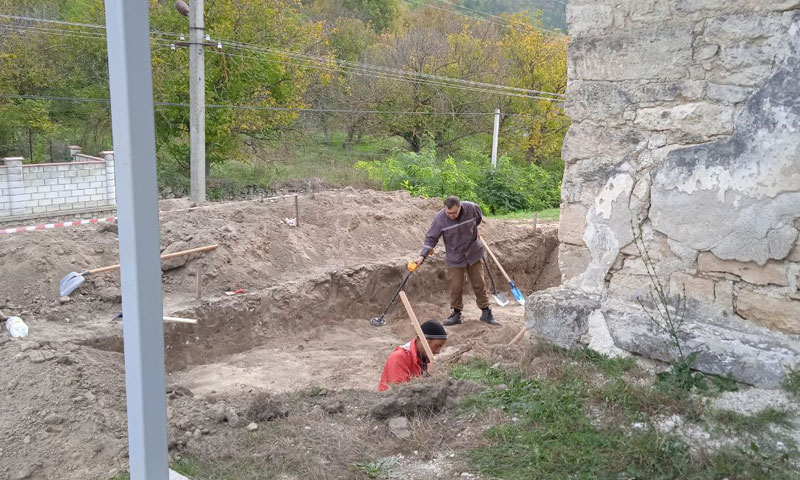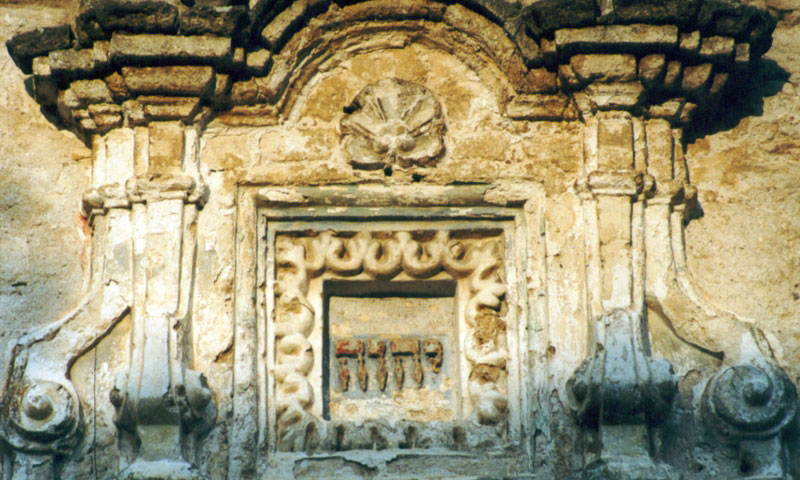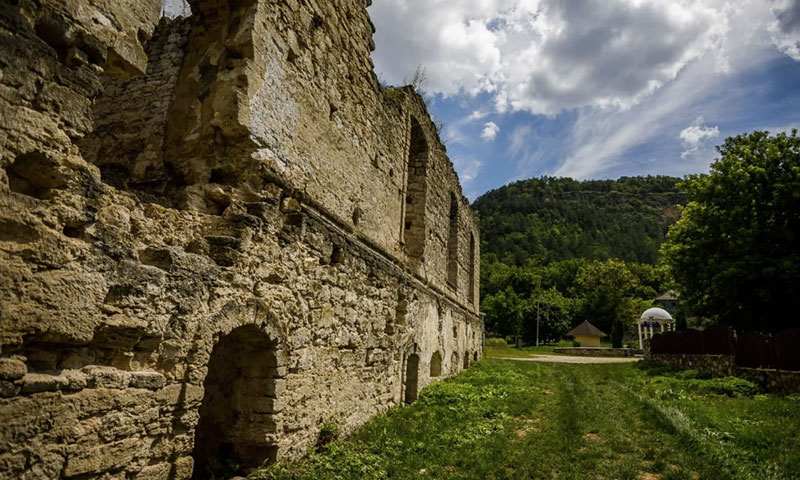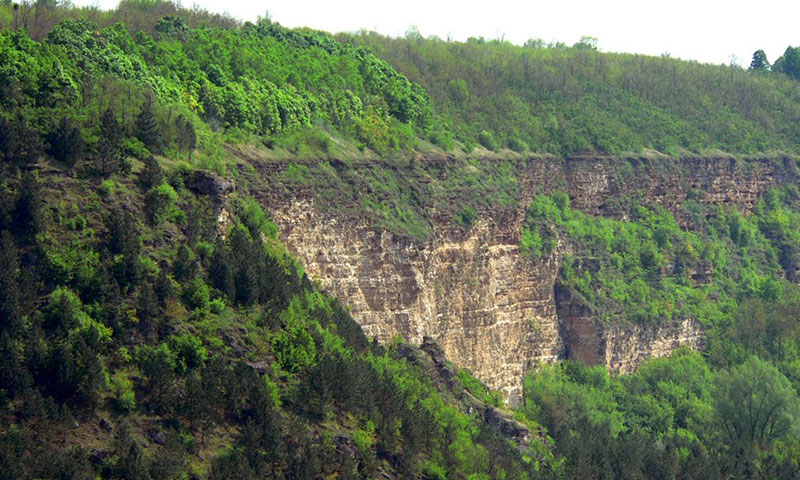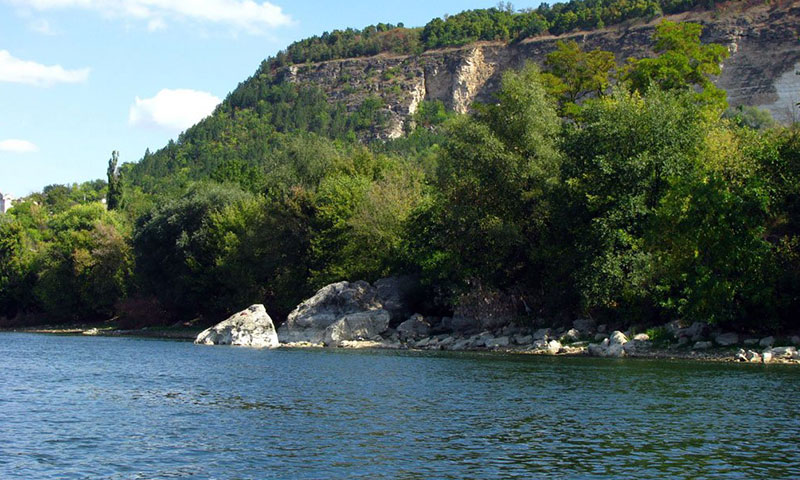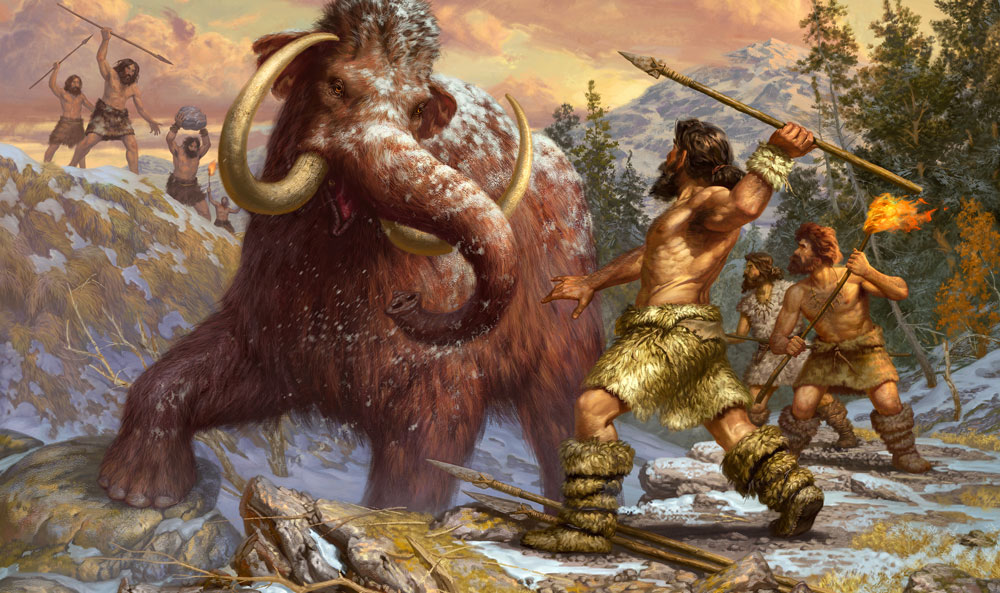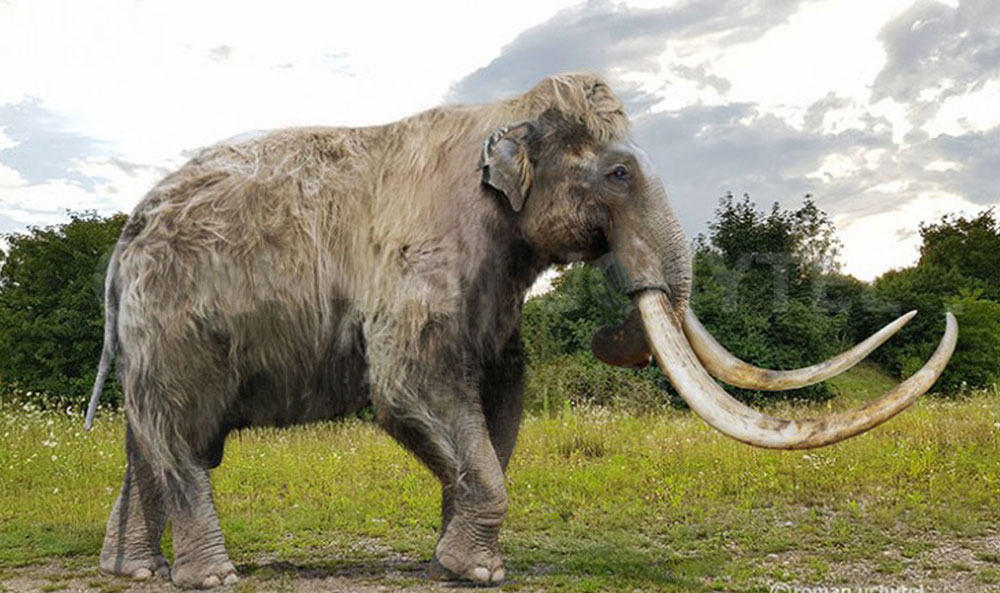The modern village of Rashkov on the left bank of the Middle Dniester in the Kamensky district is of significant historical and cultural interest.
The natural conditions of the area in which the village is located contributed to the fact that this territory was inhabited by hunters of mammoths, woolly rhinoceroses and reindeer in the Upper Paleolithic era: from 22 to 18 thousand years ago.
The discovery of researchers in 2022 testifies to the paleontological heritage unique to the region. Here, on the territory of the 18th century architectural monument “Ruins of the Intercession Church”, paleontological material of the Pleistocene era was obtained in the form of several teeth and a small fragment of the lower jaw of an elephant classified as Mammuthus intermedius.
There are reliable traces of human habitation here at an earlier time - perhaps already in the Lower Paleolithic.
In total, 9 monuments of the Lower, Middle and Upper Paleolithic periods are known today on the territory of Rashkov and in its environs.
According to the expert assessment of leading archaeologists from Russia and Moldova, one of such monuments is “Rashkov 7. Site of the middle period of the Upper Paleolithic (about 20 thousand years ago)" - is one of the supporting monuments of the Upper Paleolithic of Eastern Europe. The site is classified as the most valuable archaeological monument of republican significance. During the 60-70s of the 20th century, during the ongoing research at this monument, a colossal collection of artifacts was collected, including almost 50 thousand stone, bone, antler and tusk items. Collection location: National Museum of Archeology and History of Moldova.
The agricultural cultures of the sedentary population also flourished here during the Neolithic and Chalcolithic periods, as well as at a later time until the Middle Ages. Today, 13 monuments from this period have been discovered here. Four of them are the most interesting and belong to the cultural and historical community of Cucuteni-Trypillia. The most famous and studied monument of this group is “Rashkov 11. Multi-layered settlement of the Chalcolithic (late Trypillian, late 4th millennium BC) and early Iron Age (Geta, 4th century BC)" It contains a rich collection of the ruins of 28 vessels, which were subsequently restored and partially published. Remains of molded red clay ceramics with dark brown, or less often red, painting were found. Biconic pots with sharply bent rims and truncated-conical bowls predominate.
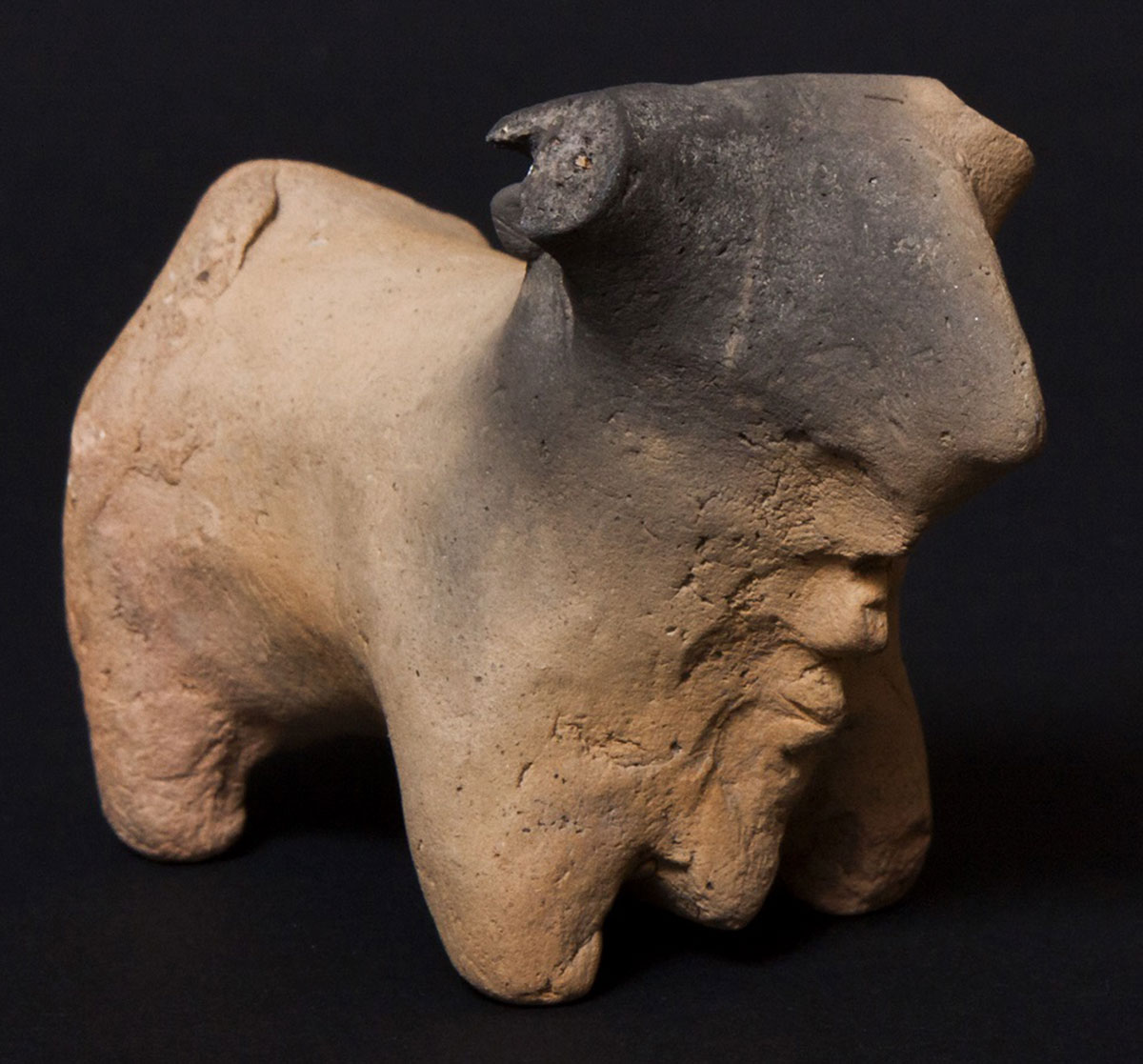
Bull figurine from Rashkov
Bull figurine from Rashkov
The characteristic type of ornament is broken spirals, wavy lines, festoons, there are images of animals (dogs), as well as finds of clay female figurines (mainly in fragments) and the famous figurine of a bull, which is currently on display in the exhibition hall of the Catherine Park in the capital of Pridnestrovie - Tiraspol.
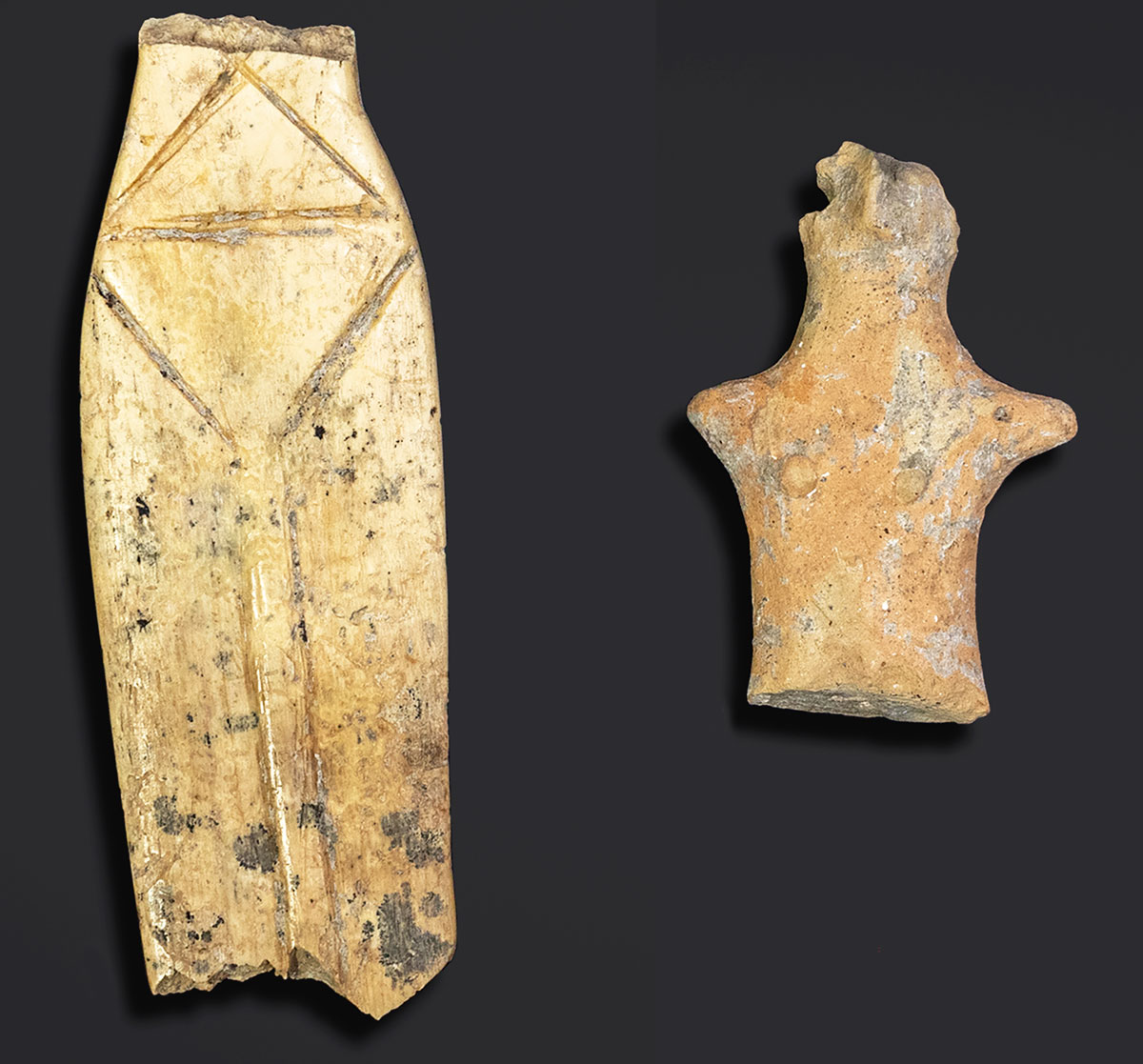
Fragments of a bone anthropomorphic “dagger” and an anthropomorphic figurine
Unique and rare finds related to the Trypillian culture were the recently discovered fragments of a bone anthropomorphic “dagger” and an anthropomorphic figurine.
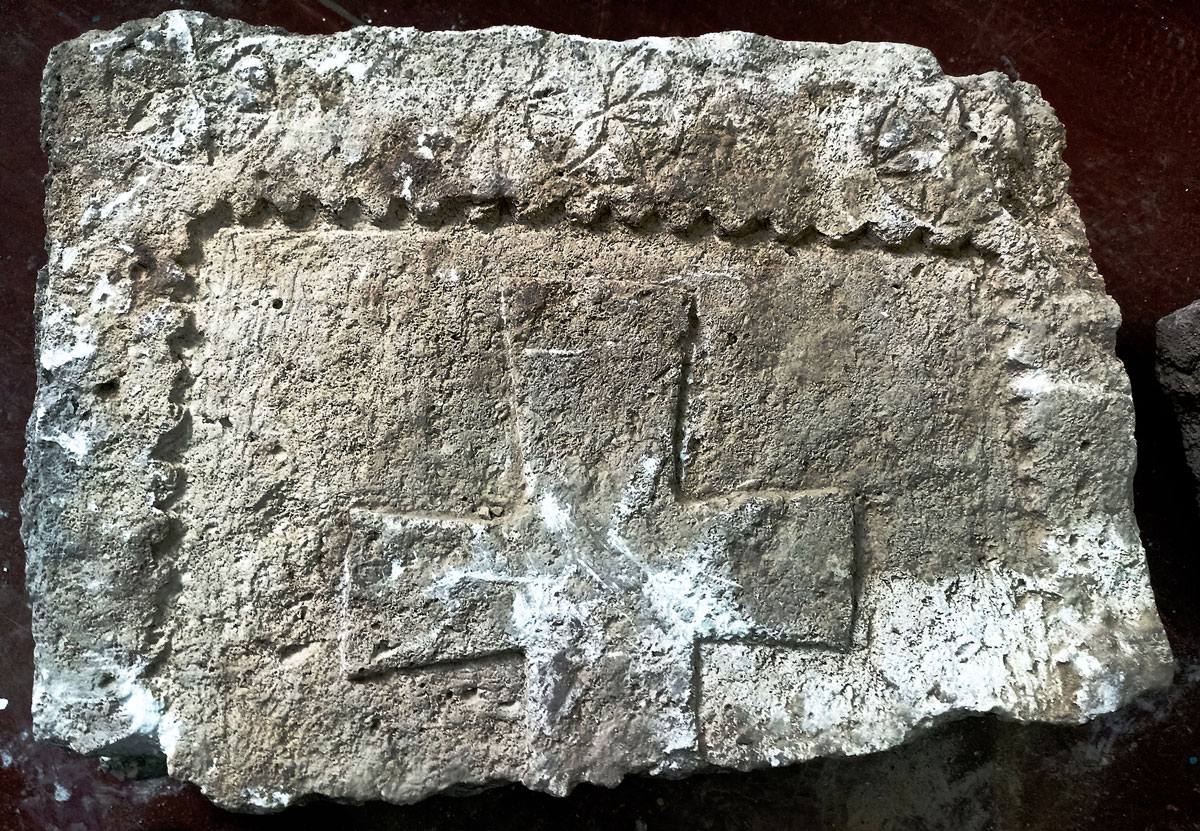
Fragment of a gravestone
Fragments of unique gravestones in Rashkov
The main result of the most recent archaeological research carried out in Rashkov in 2022 was the discovery on the site of the architectural monument “Ruins of the Intercession Church” and the adjacent territory of the remains of a necropolis from the period of the 16th - first half of the 17th - third quarter of the 18th centuries. Fragments of unique gravestones and rich numismatic material were discovered.
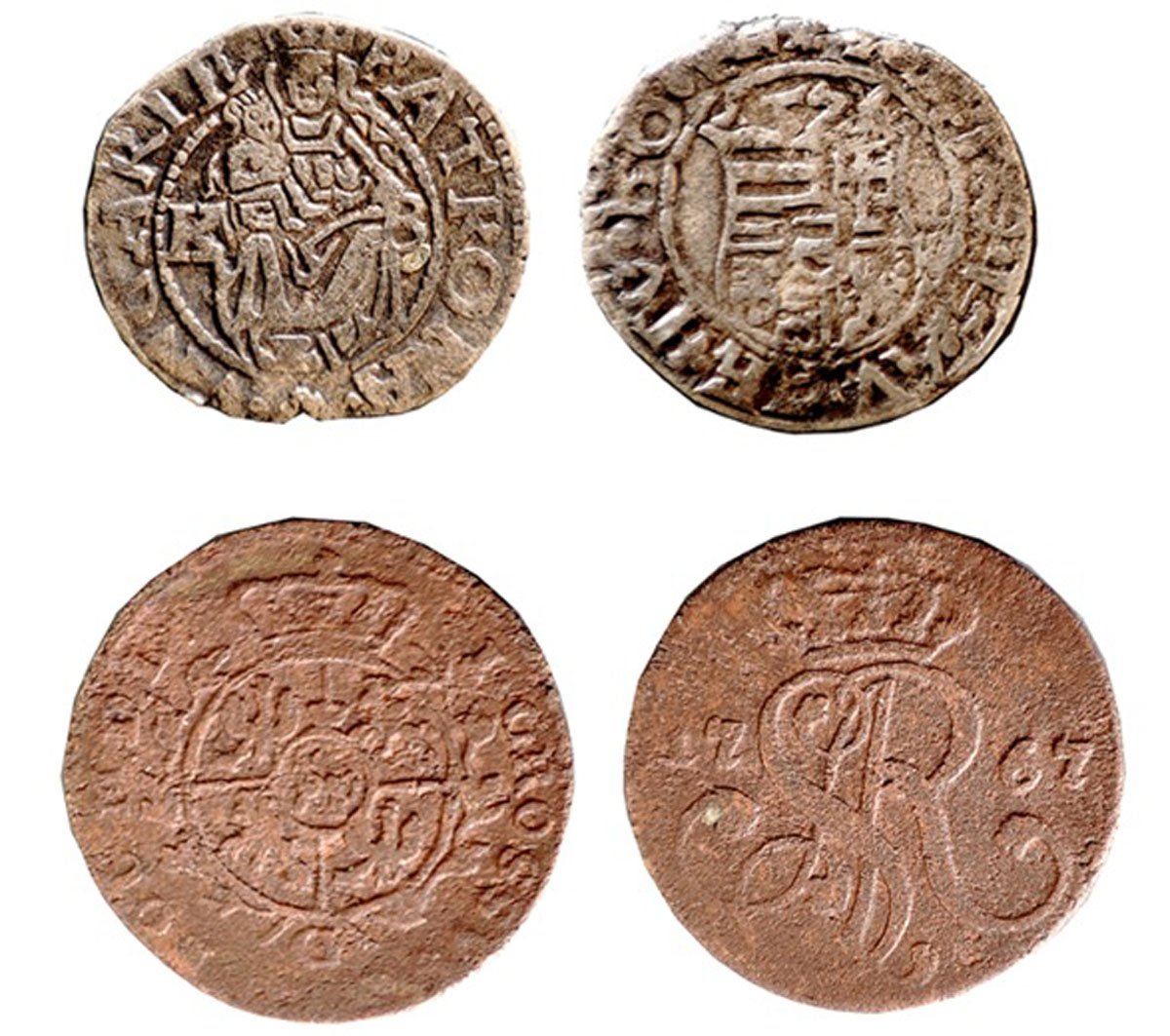
Earliest coin discovered
silver denarius of the Kingdom of Hungary, issued in the last quarter of the 16th - early 17th centuries; the latest is a penny from 1767 of the King of Poland and Grand Duke of Lithuania Stanislav Poniatowski.
Research continues, but today these monuments and the locations on which they are located - witnesses to the centuries-old history of Rashkov and its land - should be visited and touched by their secrets and splendor.
What is so fascinating about archeology among the entire field of historical sciences? She is charming in her authenticity!
